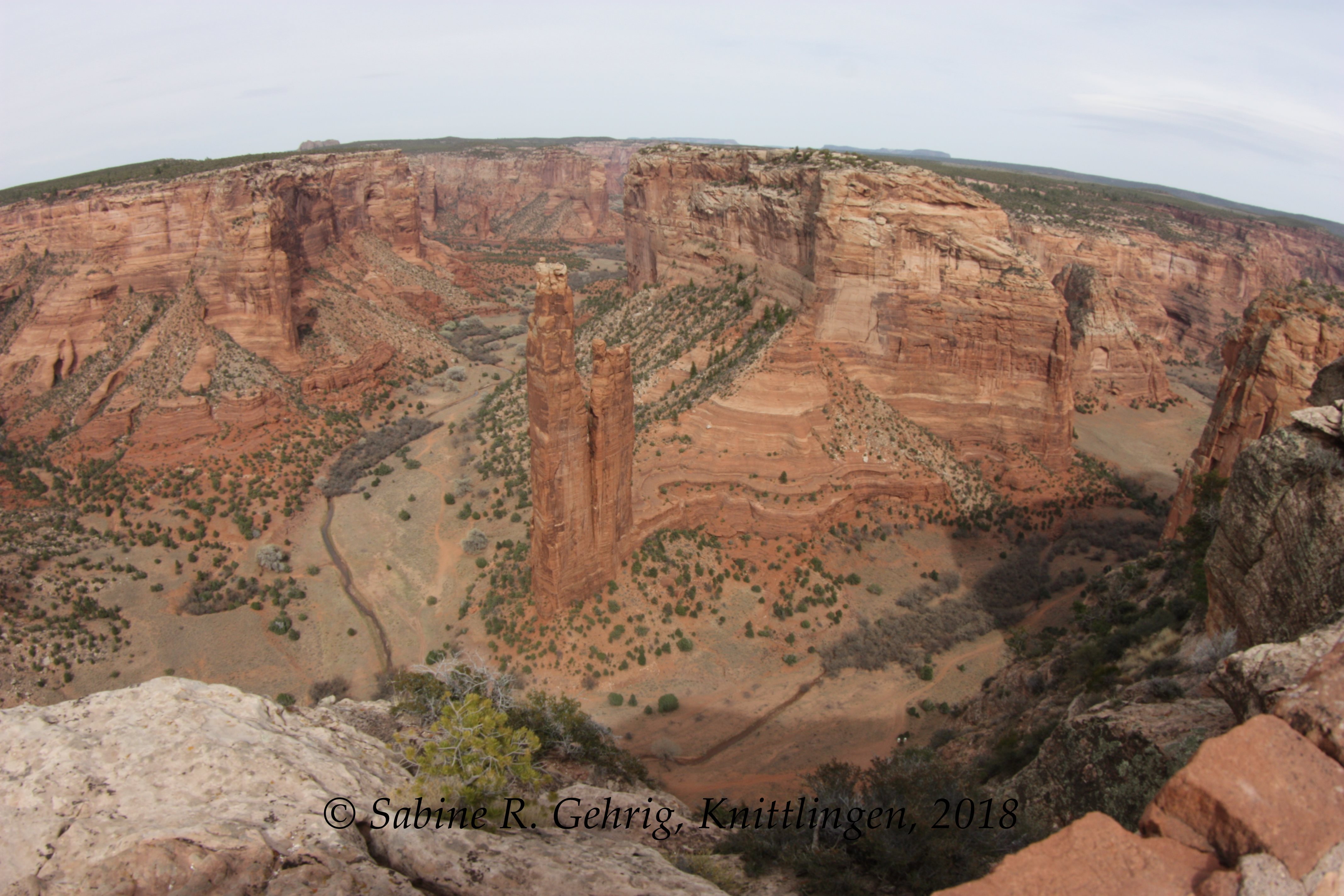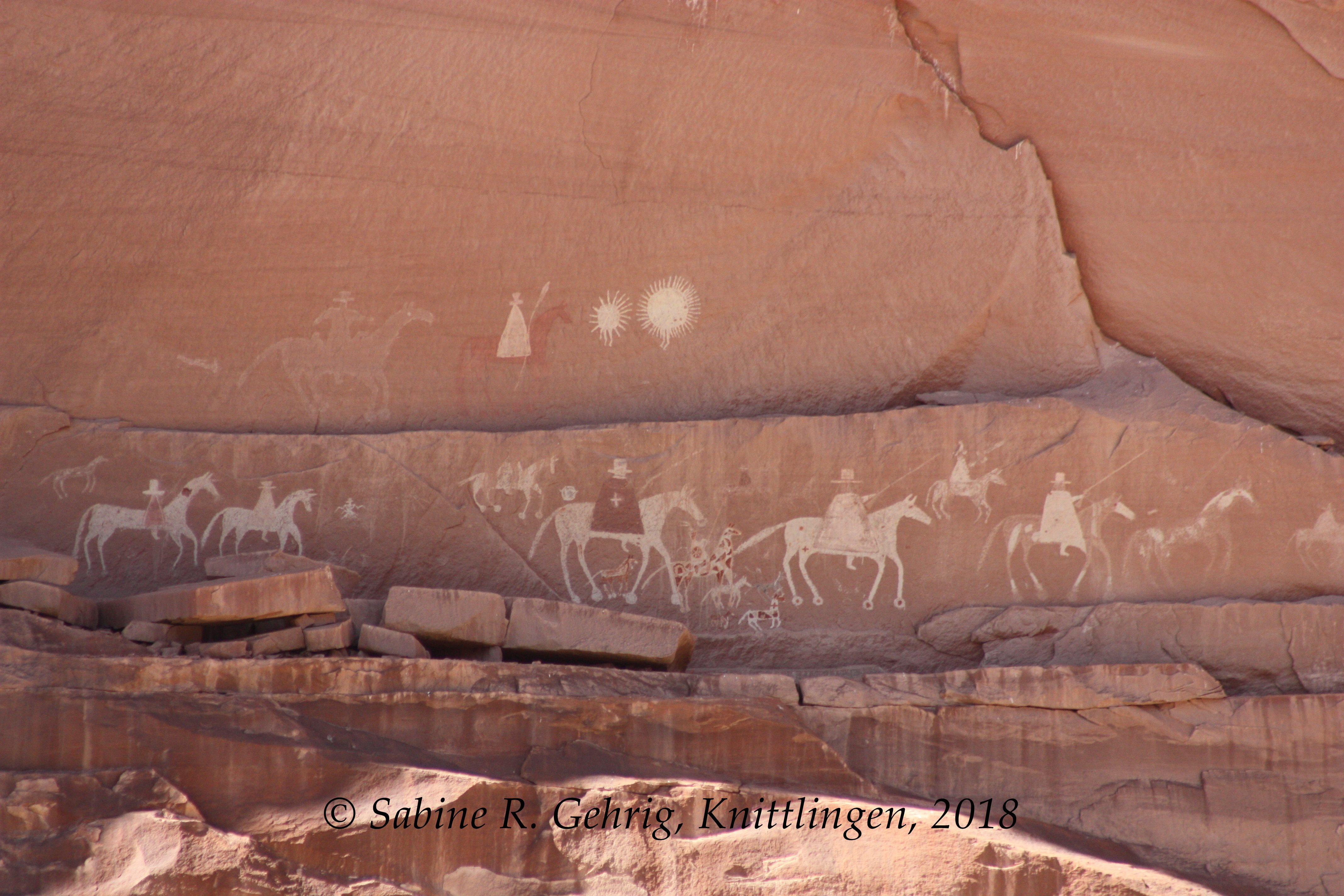Wir schreiben das Jahr 2018 und den Monat April
Ort der Handlung: Lomaki Pueblo im Wupatki National Monument, Arizona
Handlung: Ich fahre auf den Parkplatz, auf dem nur ein anderes Auto steht, aber weit und breit niemand zu sehen. Und so mache ich mich auf den Weg. Es dauert nicht lange und ich begegne dem Besucher, dem Fotografen Jerry. Wir kommen ins Gespräch und er erzählt, dass er nach allen Nation Parks auch z. B. alle National Monuments besuchen will. Ich bin hier, denn ich möchte auch so viele Einheiten des National Park Service wie möglich besuchen. Schließlich tauschen wir die Adressen unserer Blogs aus und sind seither immer mal wieder in Kontakt.
Warum schreibe ich diesen etwas anderen Blog? Nun, das erfahrt Ihr im nächsten Teil.
English Summary
Once upon a time
The year is 2018 and the month is April
Lomaki Pueblo in the Wupatki National Monument, Arizona
I pull into the parking lot where there’s a another car, but no one to be seen for miles. And so I set off. It doesn’t take long before I meet the other visitor, photographer Jerry. We started talking and he tells me that he wants to visit all f.e. the national monuments after having visited all the National parks. I’m here because I also want to visit as many units of the National Park Service as possible. Finally, we exchange our blog addresses and have been in touch from time to time ever since.
Why am I writing this somewhat different blog? Well, you’ll find out in the next part.







